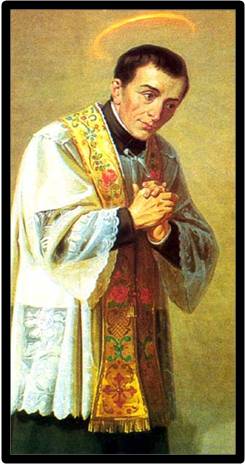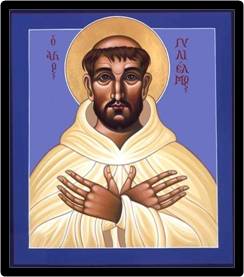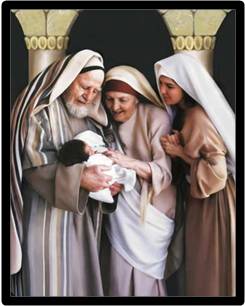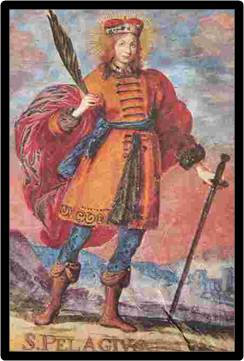JUNE 23 - ST. JOSEPH CAFASSO

Joseph Cafasso was born into a wealthy family at Castelnuovo d’Asti in northern Italy, near the city of Turin. Four years later, one of his most famous students St. John Bosco (feast day - March 31) was born in the same town. Joseph was born with a deformed spine which crippled him for life. But he had loving parents who were willing to make big sacrifices so Joseph could study in Turin to become a priest.
Joseph met John Bosco and talked to him at the church in 1827 when John was twelve. At that time Joseph was studying at the seminary to become a priest. After they talked, the excited John ran all the way home. “Mom, Mom,” John called, “I met him, I met him!” “Who?” his mother asked. “Joseph Cafasso, mother. He’s a saint, I tell you.” Mrs. Bosco smiled and nodded gently.
In 1833, Joseph was ordained a priest. He began his priestly work and went to an excellent school of theology (religious studies) for priests. When Father Cafasso graduated, he became a theology professor at the college in Turin. He taught many young priests over the years. They could tell that he really loved them.
Father Cafasso was known as the priest who believed in the gentle and loving mercy of God. His kindness gave people courage and hope. He guided many priests, religious and lay people. He helped John Bosco begin his great priestly work with boys and guided him in starting his religious order known as the Salesians. Father Cafasso directed other founders, too.
There were many social needs in Father Cafasso’s time. One of the most urgent was the prison system. Prison conditions were disgusting and he worked hard to improve them. But what most moved Father Cafasso was the custom of hanging in public, prisoners sentenced to death.
Father Cafasso went to them and heard their confessions. He stayed with them, telling them of God’s love and mercy until they died. He helped over sixty prisoners who repented and died in the peace of Jesus. Father Cafasso called them his “hanged saints.”
Father Cafasso also became the pastor of St. Francis Church in 1848. He was a wonderful example for people to follow promoting devotion to the Blessed Sacrament. He also did some great works in the Church. Father Cafasso died on June 23, 1860. His faithful friend, St. John Bosco, preached the homily at his funeral.



